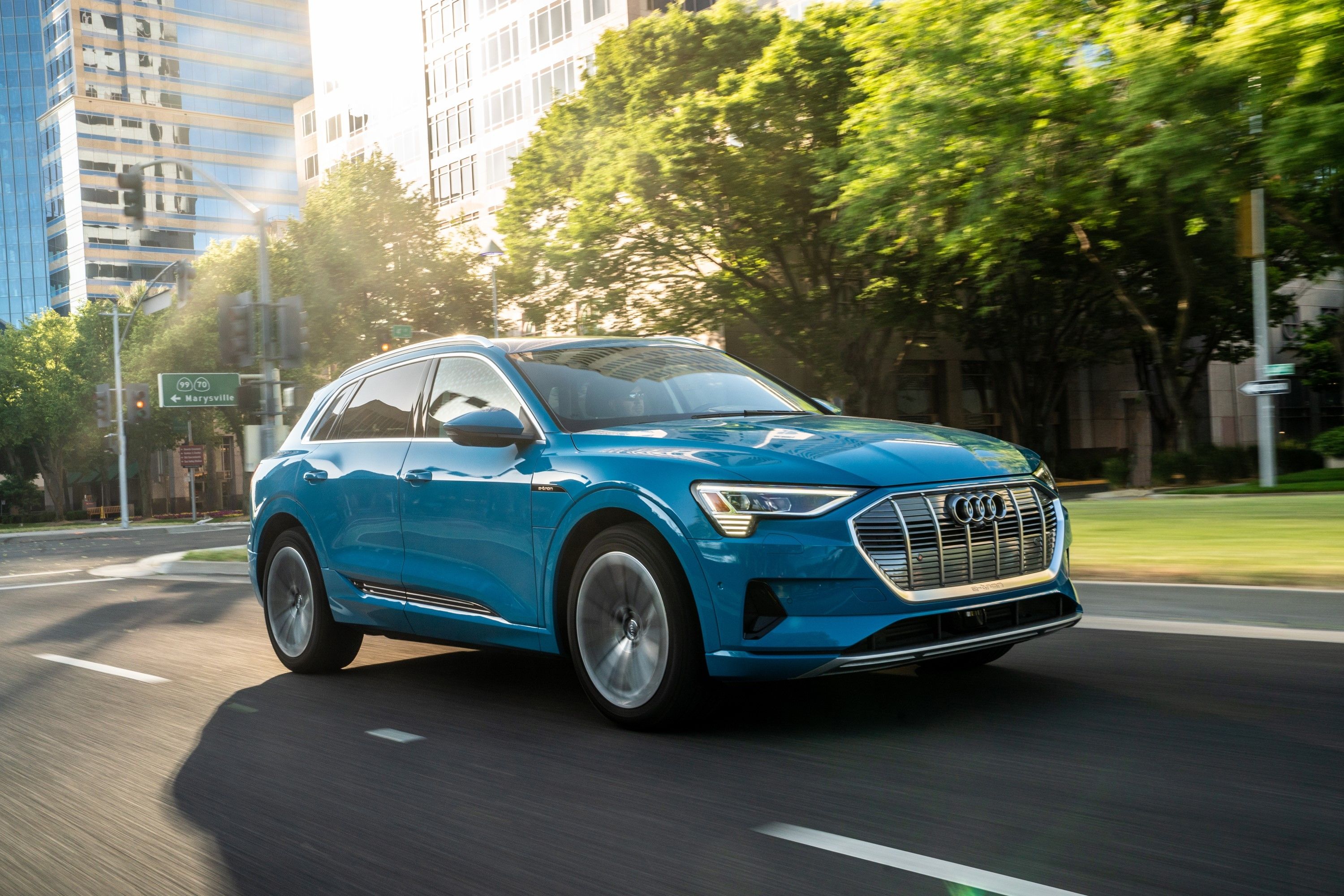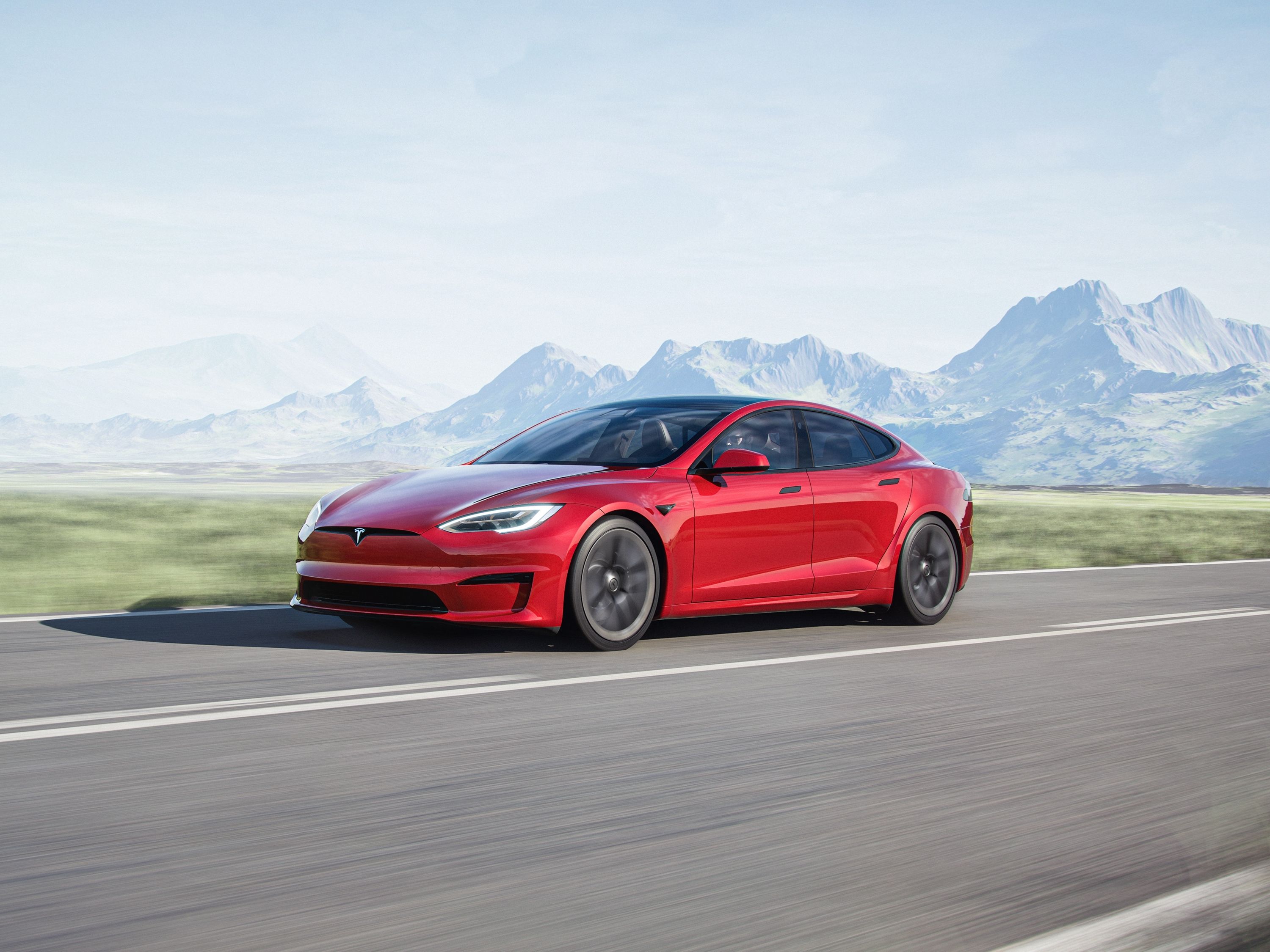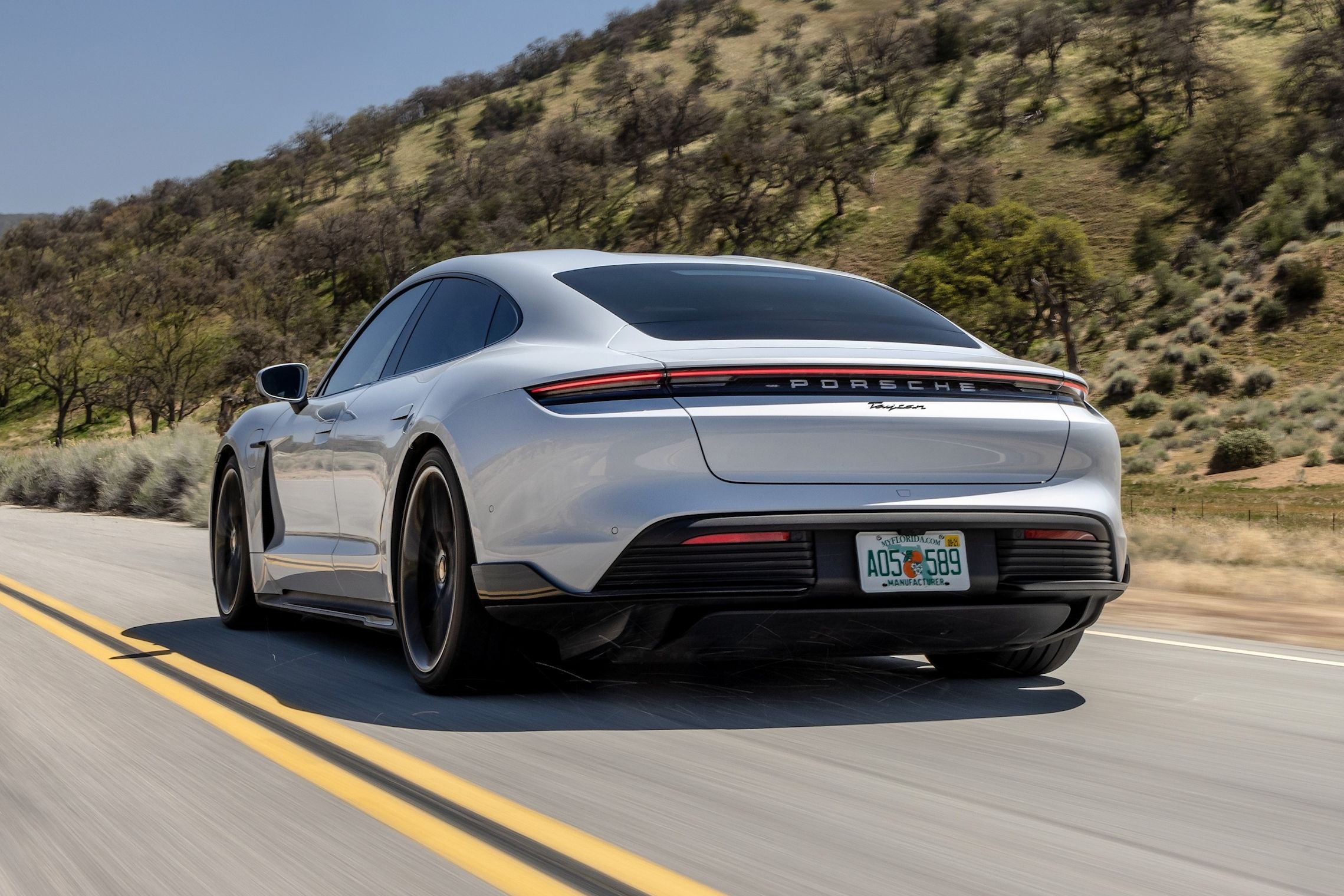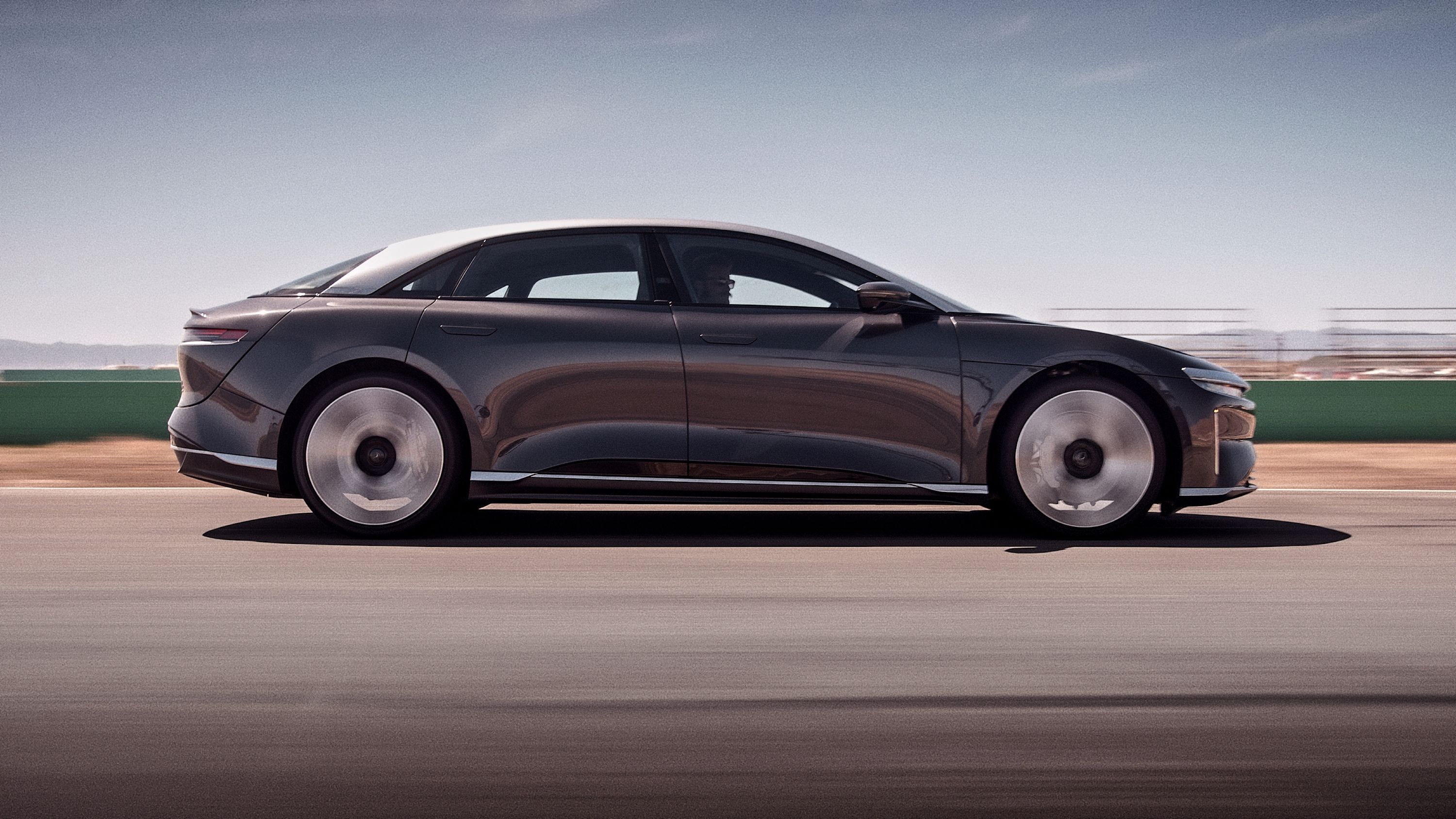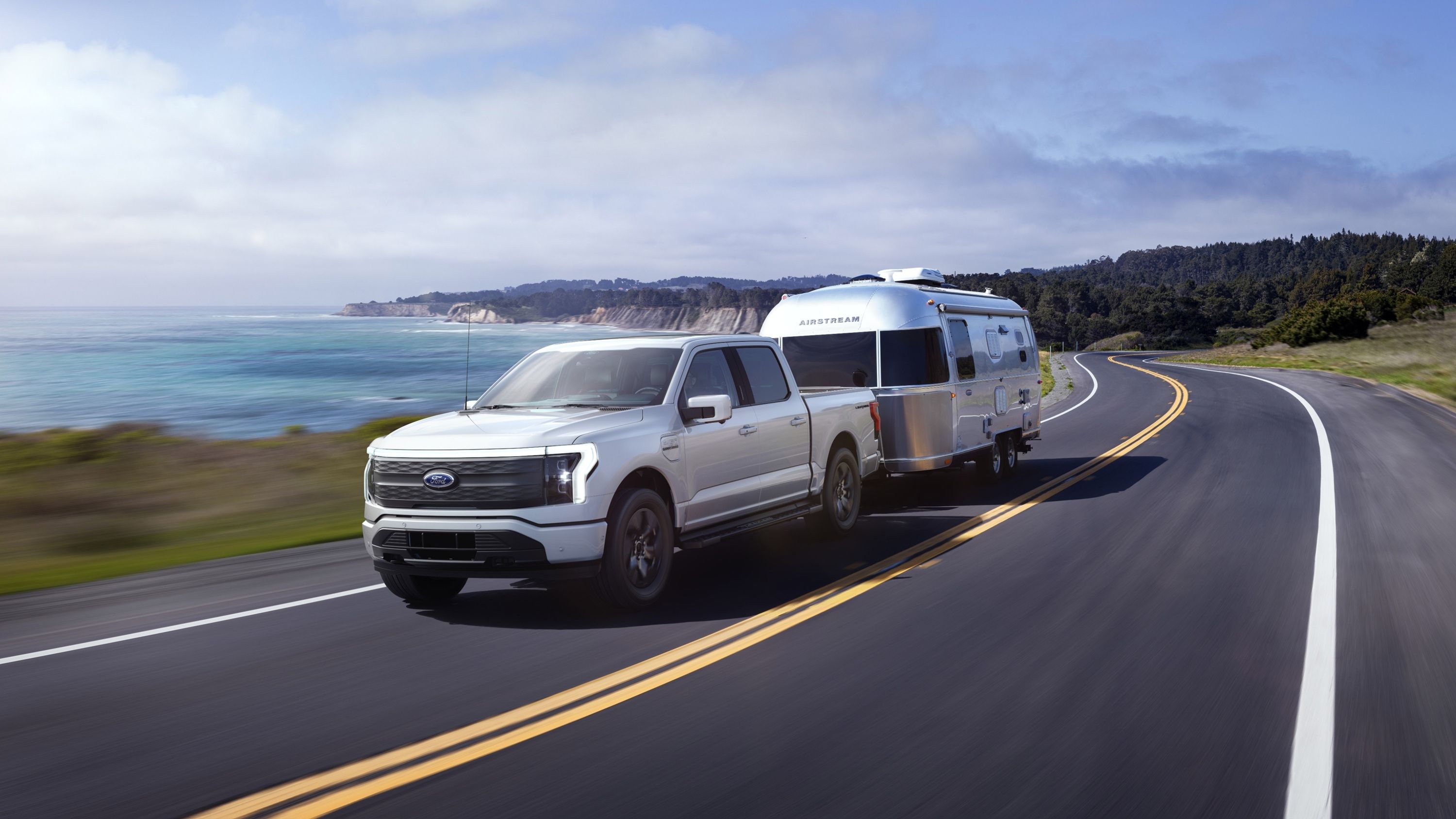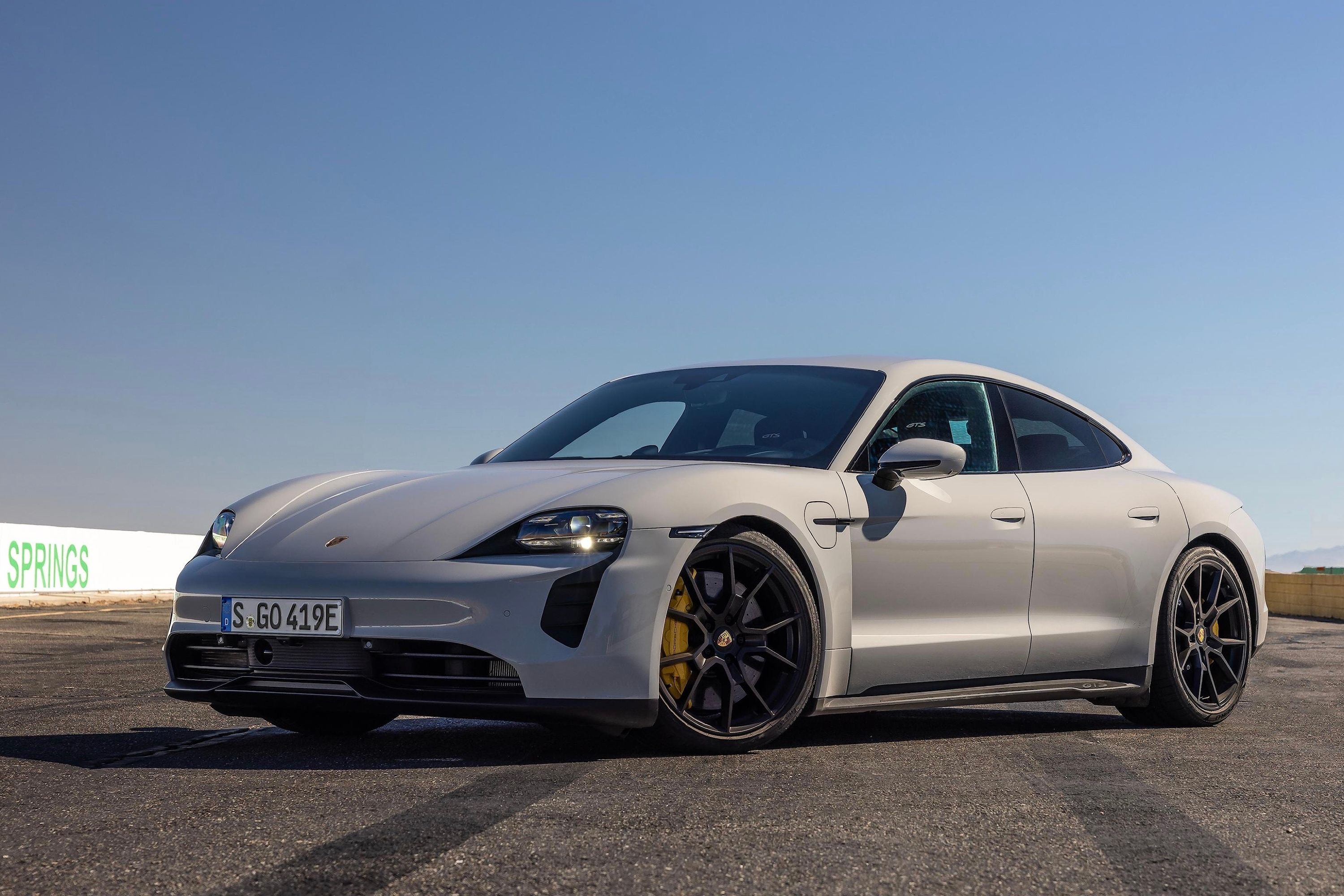
While many new EVs are delivering range estimates that make them viable alternatives to gas models, several EV drivers are discovering a disappointing discrepancy between these EPA estimates and real-world highway driving.
As reported by Bloomberg, the parameters of the EPA's highway testing regimen are quite different from how EVs are often driven in reality. Whereas the EPA tests don't go beyond 60 mph, there are around 19 states with speed limits of 75 mph or more, and when driven on the highway at these higher speeds, the anticipated range plummets. So, unless you have a Lucid Air with its impressive range of 520 miles, you could find yourself disappointed by the highway range in a lesser EV.
One former Audi e-tron owner from Oregon, Bryan Nakagawa, loved his vehicle but ended up swapping it for a Jeep Grand Cherokee 4xe hybrid due to its disappointing highway range.
"I wouldn't even drive a mile and I'd lose like three miles of range off the estimated range," said Nakagawa when referring to highway cruising at around 70 mph in his e-tron. "It always made me nervous."
With his new Jeep, Nakagawa has the benefit of both an all-electric range and a gas engine that provides a longer range, even at higher speeds. While it's generally known that EVs are at their most efficient in the city, many consumers who regularly drive at higher speeds can be easily misled by EPA ratings.
According to Lennon Rodgers, an engineering professor at the University of Wisconsin, driving at 65 mph instead of 55 mph cuts range by 28%. At 75 mph, range is reduced by 38%. Part of the problem is the way in which the EPA determines its final range estimate.
The EPA puts greater weighting on how a vehicle performs in the city, at 55%. This, together with the fact that cars aren't pushed beyond 60 mph, creates a final rating that EV drivers who log many high-speed miles on the highway would battle to match.
"The EPA range is for the most part pretty good if you just drove a steady 65 mph," said Jake Fisher, senior director of auto testing at Consumer Reports. "But not everybody drives like that."
Among individual models, research has found that the Porsche Taycan is an exception, often returning more miles on the highway than its range estimate. Teslas, on the other hand, tend to underperform on the highway by 10-12%.
A spokesman for the EPA itself admitted that its ratings are "a useful tool for comparing the fuel economies of different vehicles, but are not going to be an exact measurement."
Where does this leave EV shoppers using EPA estimates as a factor in the buying decision? It's safer to assume that these numbers, especially the highway ratings, represent a best-case scenario.
In cases where high-speed highway driving makes up a large chunk of your journey, it may also be wise to consider a plug-in hybrid as Nakagawa did, which offers emission-free driving in town but the confidence to drive at higher speeds on the highway. That said, it's been found that unless PHEVs are actually charged often, they lose any eco-friendly advantage over regular hybrids or non-hybrid cars.
While high-speed highway driving range will likely remain a weak spot for EVs, much customer disappointment can be negated if manufacturers and dealers communicate effectively and manage initial expectations. For example, a recent J.D. Power study on EVs indicated that ownership satisfaction for those who drove electric pickups was actually higher if those owners used their trucks for towing than for those who didn't, despite towing heavily impacting range.
J.D. Power pointed out that this was because electric truck manufacturers that clearly explained the effect of towing on range to customers can drastically improve the ownership experience. Effectively, EV drivers are willing to make adjustments based on what their vehicles' real-world capabilities are; they just don't want any nasty surprises once they've taken delivery.

